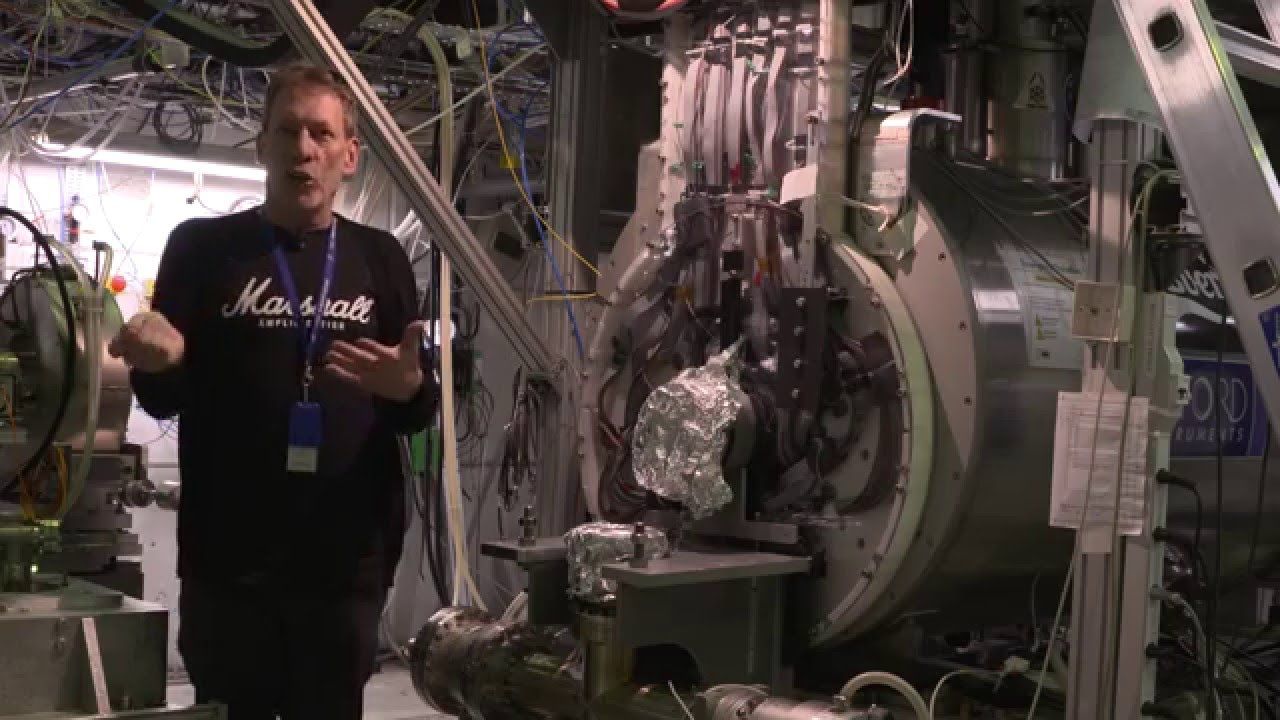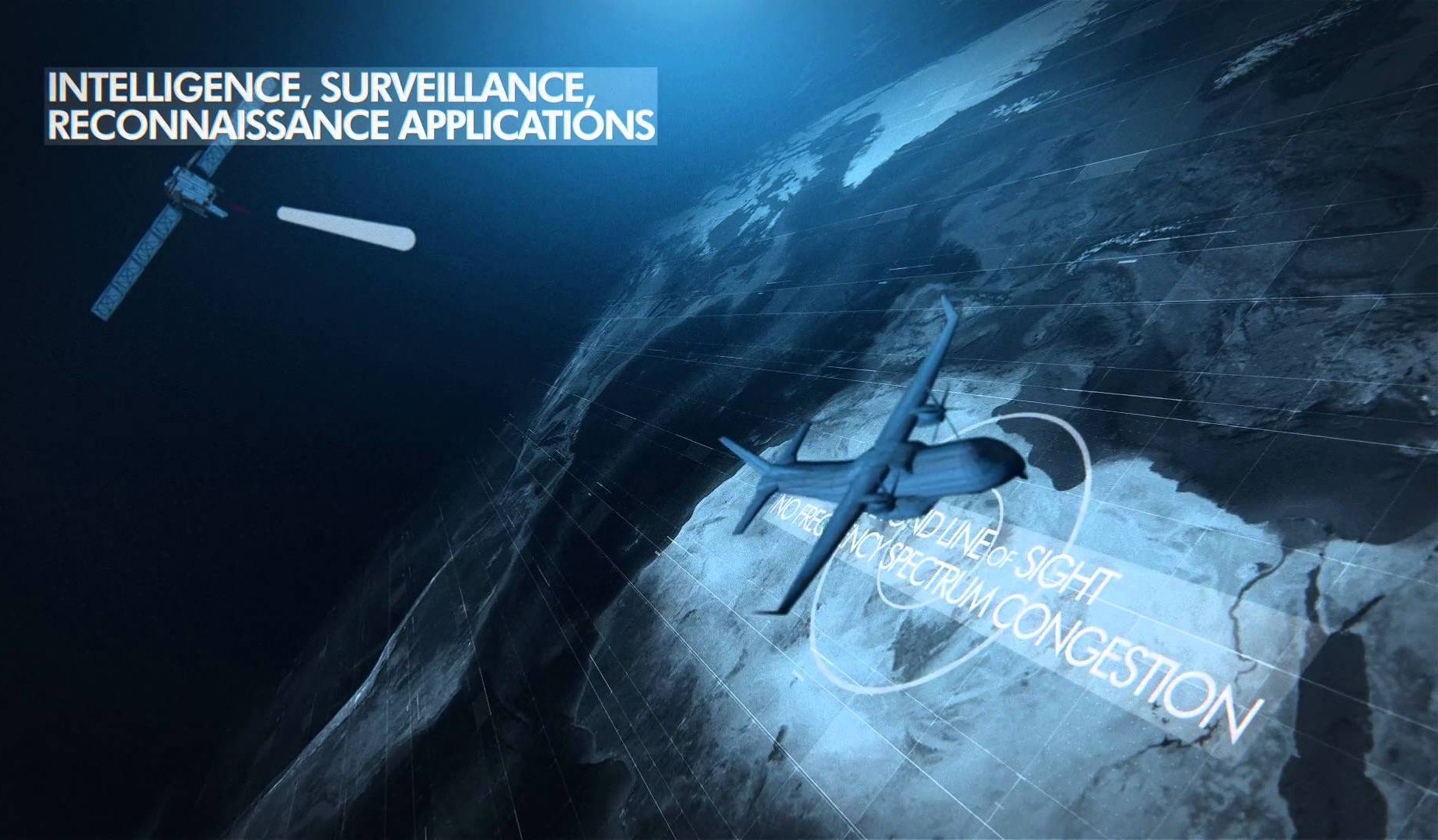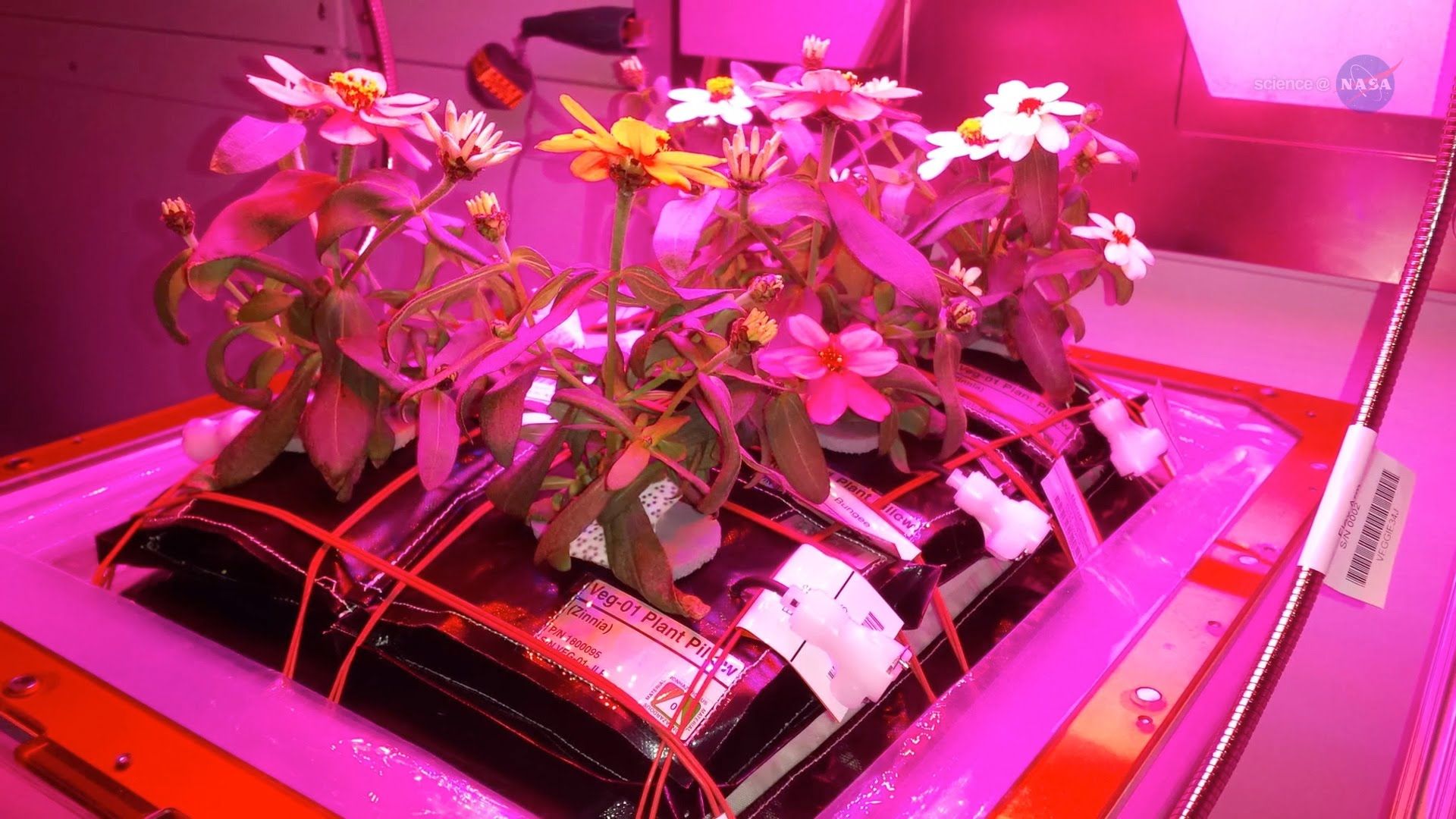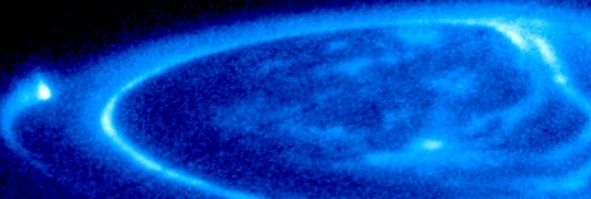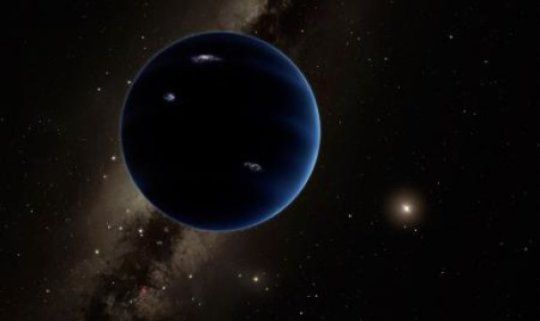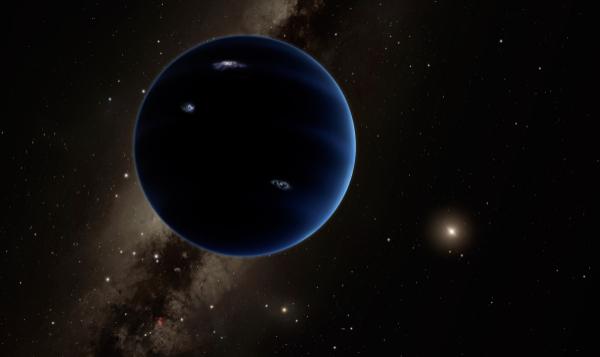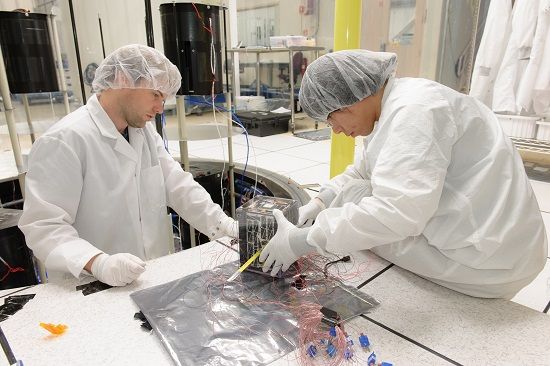Jan 24, 2016
AR & VR Smartglasses and Functional Contact Lenses 2016–2026
Posted by Karen Hurst in categories: computing, health, mobile phones, space, virtual reality, wearables
Cannot wait for the new AR contacts.
NEW YORK, Jan. 21, 2016 /PRNewswire/ — This new IDTechEx report is focused on how the market for smart glasses and contact lenses is going to evolve in the next decade, based on the exciting research and developments efforts of recent years along with the high visibility some projects and collaborations have enjoyed. The amount of visibility this space is experiencing is exciting developers of a range of allied technologies into fast-tracking/focusing their efforts, as well as creating devices and components designed specifically to serve this emerging industry.
Some of the newest devices that have ignited significant interest in smart eyewear are going above and beyond the conventional definition of a smart object; they are in effect, portable, wearable computers with a host of functionalities, specially designed apps etc. that add new ways for the wearer to interact with the world along with smartphone capabilities, health tracking options and many other features. The features of some of the more advanced devices have been based on and have sparked worldwide innovation efforts aiming to create an ecosystem of components that will enable what is bound to be a revolution in form factor for wearables.
Continue reading “AR & VR Smartglasses and Functional Contact Lenses 2016-2026” »

